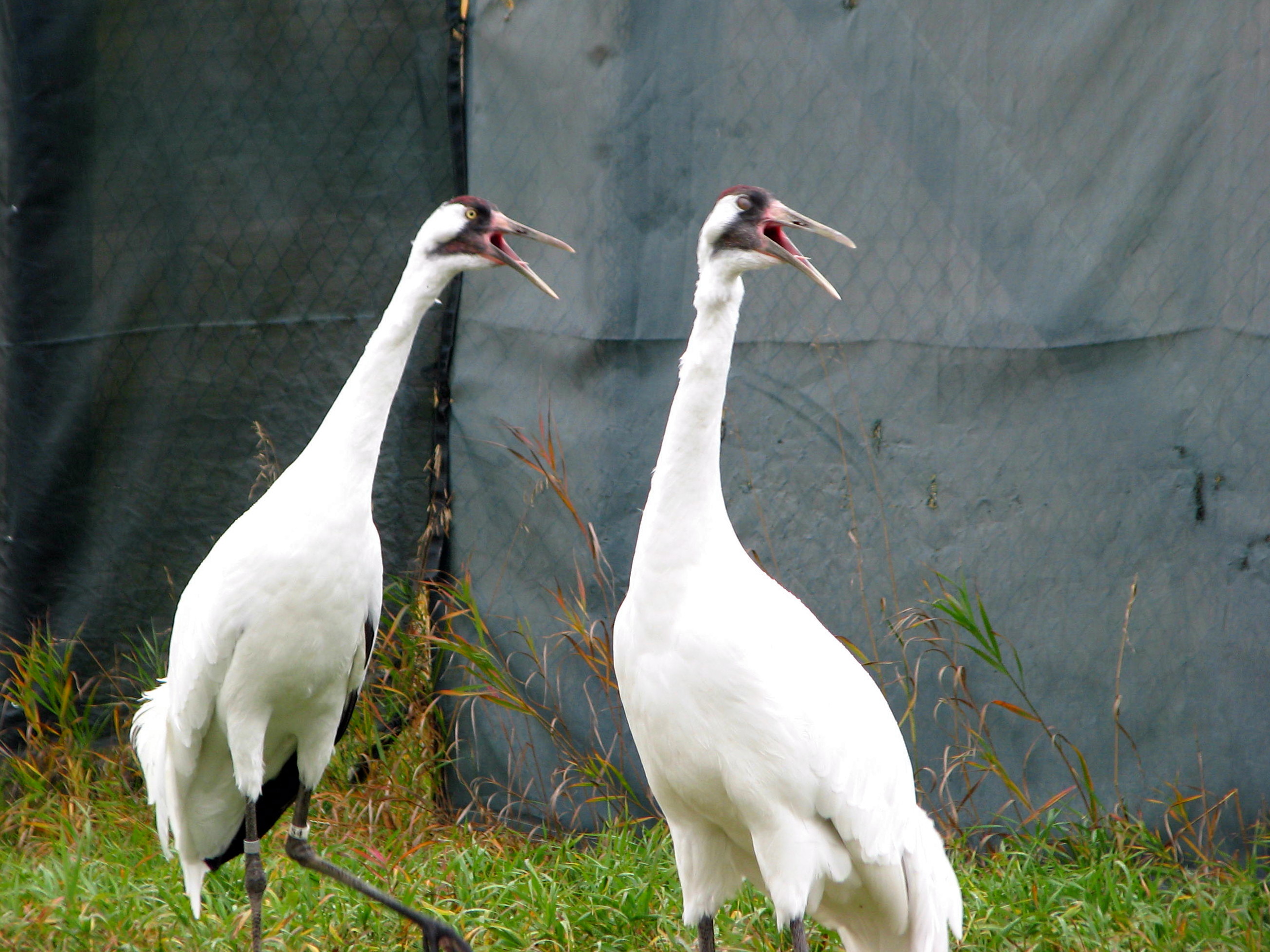As a follow-up to Bob’s post on the Christmas Bird Count this year, I am posting from my experiences last year.
For the 2010 Big Year birding here in Calgary, I decided to participate in my first Christmas Bird Count. I had heard great stories about this annual winter event and I was not disappointed. I was scheduled to a very productive route on the Bow River, with Southland Park and Carburn Park our main birding spots. We had a very good turnout for species, recording about 29, if I remember correctly. Some of the highlights on our route, were Killdeer, a Northern Shrike, a Rough-legged Hawk, a pair of Great Horned Owls and two immature Trumpeter Swans. These swans were seen continually in January of 2011 and were identified as one immature Tundra Swan and one immature Trumpeter Swan.

A fellow bird-counter participating in the 2010 Calgary CBC
Overall, almost 200 people took part in the 2010 count, with 102 feeder-watchers and 92 birders in the field. Temperatures ranged from -15 to -13 degrees Celsius with some light snow falling in the morning. Birders in the field put in a combined
205 party-hours total, 230 km on foot and 881 km by car. These stats were compiled by Phil Cram, Donna and Arthur Wieckowski, Bob Lefebvre and John McFaul and can be more extensively viewed by following this link:
http://birdscalgary.wordpress.com/2010/12/27/59th-calgary-christmas-bird-count-results/
- Bald Eagles are usually seen on the Bow River
My group divided ourselves up into small parties in the morning, scanning the Bow River on either sides in and around Southland Park. Once we had spent several hours scouring the snow-swept landscape for birds, we headed to the nearest Tim Hortons for some warmth, where we traded stories and identification tips over refreshments. We headed back out, this time to Carburn Park, where we added Bohemian Waxwings, the shrike and some Barrow’s Goldeneyes. We ate lunch in our heated cars at Carburn and spent the afternoon searching our range for any missing species. That evening, all CBC participants from all over the city flocked to the Flynn’s house where we were served delicious chili and shared our tales from the day.
The 2010 Christmas Bird Count was very enjoyable; if you have never done it before I highly recommend it. Calgary is historically a very high count in North American for number of participants; last year we had a total of 194 participants which was the 7th highest count in the US and Canada (Edmonton was 1st in North America with 439 participants!!!). Calgary also had the most species of birds recorded on the CBC in Alberta with a grand total of 64.
I will be back in Calgary for the holidays and I hope to see you there!
Posted by Matthew Sim












